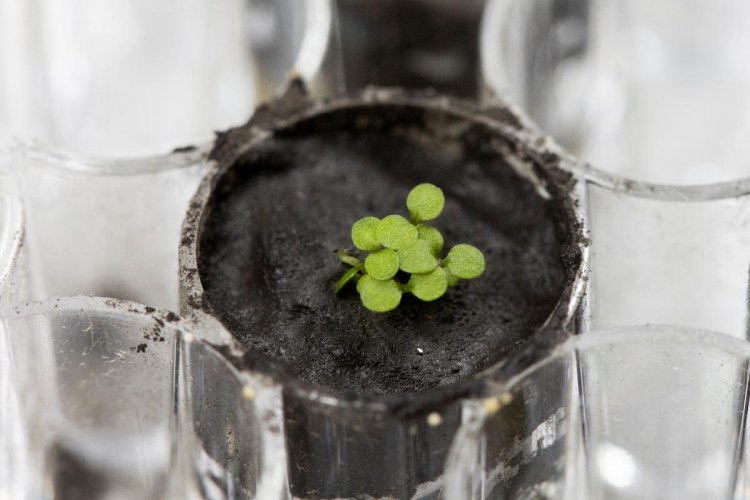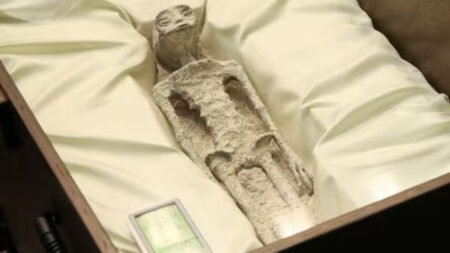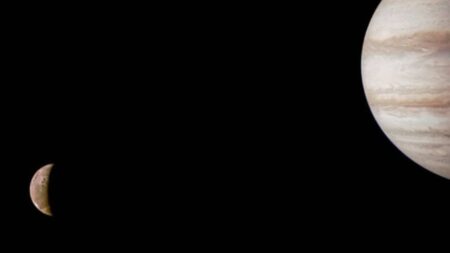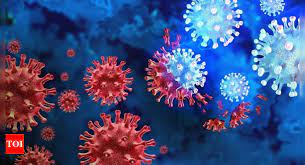The crew that is now residing on this distant planet will need food in order to remain alive while the United States continues preparations for its Artemis mission to the moon and China and Russia work together to construct a lunar outpost. It’s possible that we’ll start cultivating crops on the Moon sooner rather than later.
For the very first time, scientists have been successful in cultivating plants on the soil of the Moon. The astronauts who explored the Moon during the Apollo programme took dirt from the moon, sometimes known as regolith, back to Earth with them. After these samples were discovered again fifty years ago, scientific research has taken precedence.
According to Nasa, scientists have successfully cultivated the resilient plant Arabidopsis thaliana in the nutrient-poor lunar regolith for the very first time. This plant has been examined extensively. Mustard greens and other cruciferous vegetables, such as broccoli, cauliflower, and Brussels sprouts, are related to the plant species Arabidopsis thaliana, which is indigenous to Eurasia and Africa.
A group of researchers from the University of Florida are credited with making the significant discovery.
Because we’ll need to employ resources discovered on the Moon and Mars to produce food supplies for future astronauts living and functioning in deep space, this study is essential to the long-term human exploration objectives of NASA. “This basic plant growth study is also a crucial illustration of how NASA is striving to unleash agricultural advances,” said Bill Nelson, the administrator of NASA. “These innovations might help us understand how plants could resist challenging circumstances in food-scarce places here on Earth,” “This is a major example of how NASA is attempting to unleash agricultural technologies that might help us understand how plants might be able to endure challenging circumstances in locations here on Earth when there is a shortage of food.”
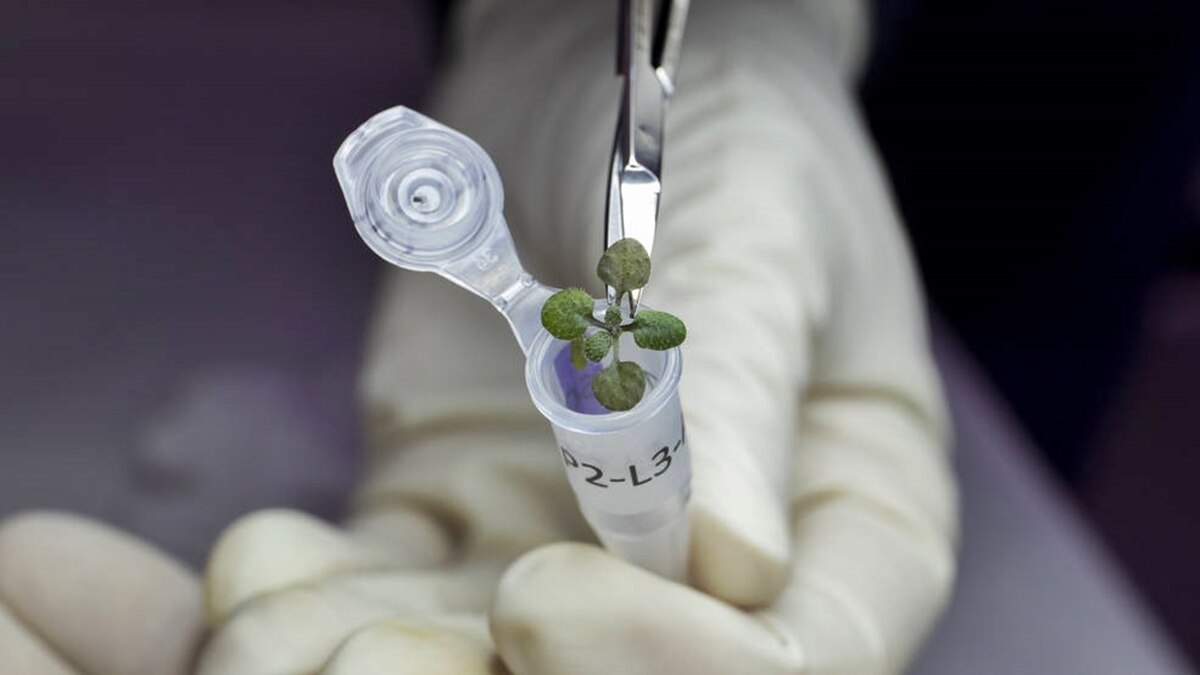
CAN PLANTS GROW ON THE MOON?
The researchers wanted to find the answers to two key concerns, the first of which was whether or not plants could grow in the regolith. And secondly, how can this one day assist humanity in having a longer stay on the moon?
The answer to the first question is “yes,” the soil on the moon can support crop growth. They may not have been as hardy as plants cultivated in soil from Earth, or even as those in the control group that were grown in a lunar simulant derived from volcanic ash, but the scientists confirmed that they did, in fact, grow.
According to Jacob Bleacher, who serves as the Chief Exploration Scientist for NASA’s Artemis program, “to explore further and to learn about the solar system we live in, we need to take advantage of what’s on the Moon, so we don’t have to take all of it with us.” This is one of the statements made by Bleacher.

FARMING IN MOON’S SOIL
Only one gram of lunar regolith was provided to each plant by the researchers, who utilized lunar dirt that had been brought back to Earth by the Apollo 11, 12, and 17 missions. The group began by adding water to the samples, followed by seeds. After that, the trays were placed inside terrarium boxes and placed in a cleanroom. On a daily basis, a nutrition solution was added.
“After two days, they began to show signs of growth. Everything started to grow. I have no words to describe how shocked both of us were! “Up until roughly day six, every plant, regardless of whether it was part of a lunar sample or a control, seemed to be the same,” said Anna-Lisa Paul, who is also a professor in the field of Horticultural Sciences.
After waiting twenty days, they harvested the plants and examined the RNA in the samples. The sequencing of the RNA revealed the patterns of genes that were expressed, which demonstrated that the plants had really been subjected to stress and had behaved in a manner that was consistent with how researchers had seen Arabidopsis react to growth in other severe settings.
The group has high hopes that this latest success would pave the way for them to one day cultivate crops on the Moon as more and more study is carried out on the subject.







